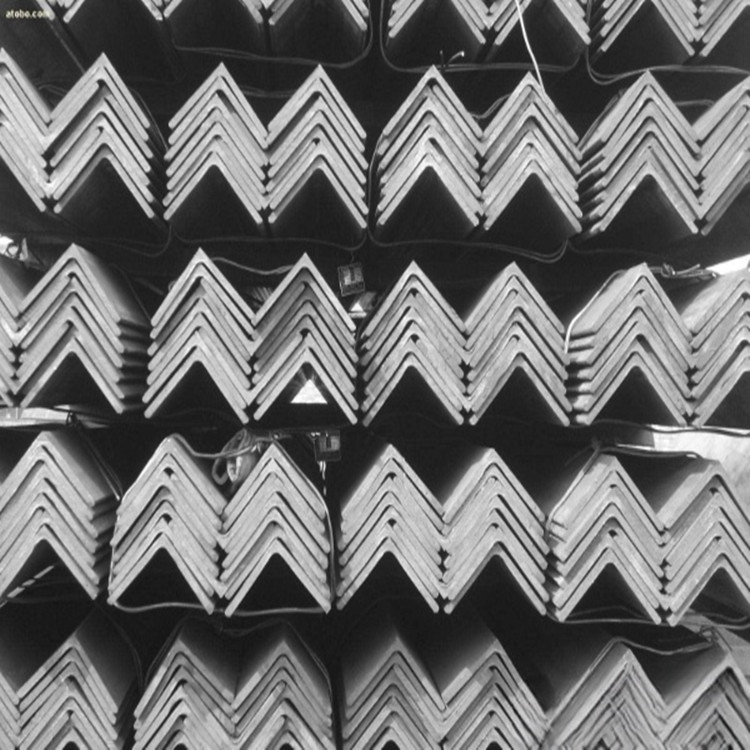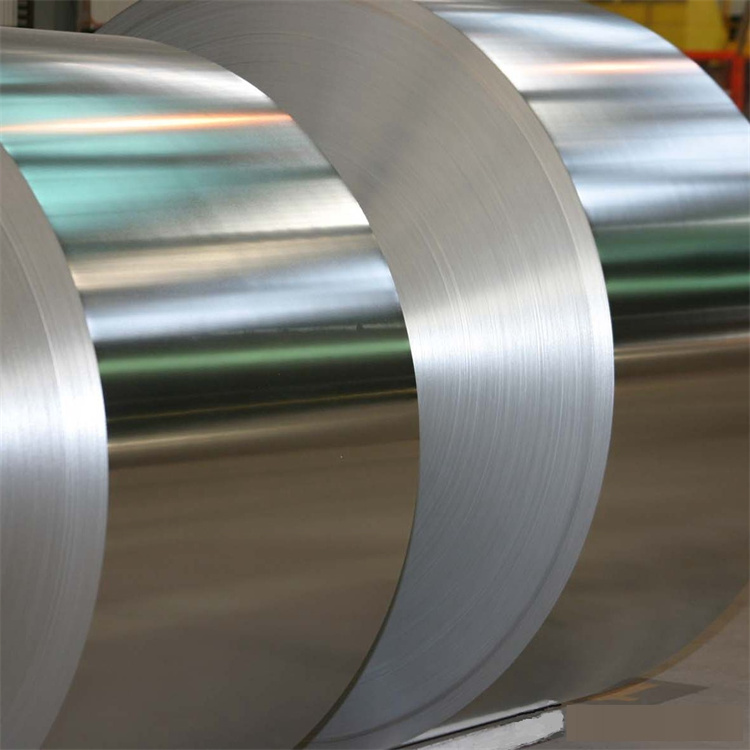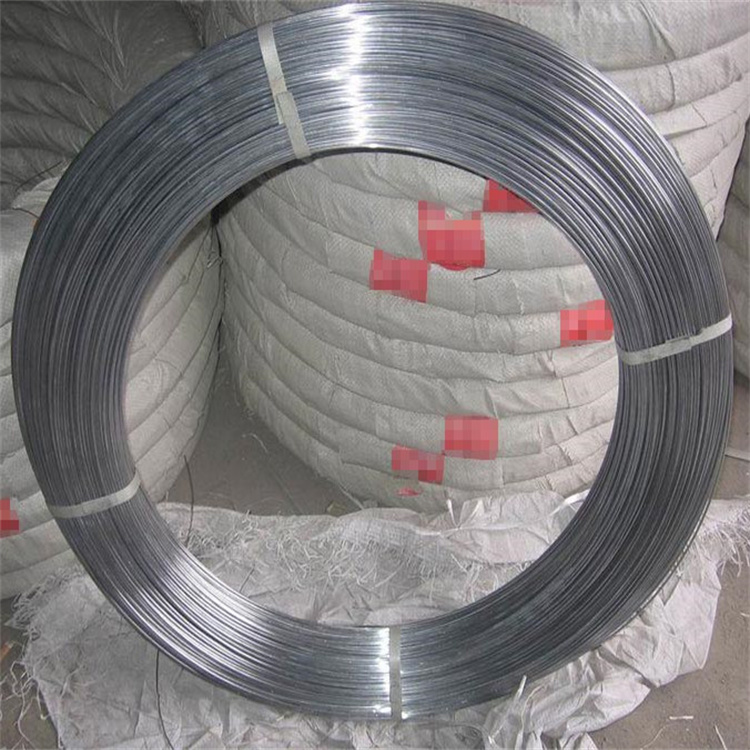Welding Procedure for Stainless Steel Pipe
Welding stainless steel pipes is critical in industries such as petrochemicals, construction, food processing, and medical devices due to the material's corrosion resistance, durability, and heat tolerance. However, the unique properties of stainless steel require specific procedures and techniques to ensure strong, lasting welds while maintaining the material's integrity. In this guide, we cover the entire process, from preparation to technique selection, with supported data tables for a clear understanding of essential parameters.
Preparation for Welding Stainless Steel Pipes
Preparation is essential for successful stainless steel pipe welding, impacting both the weld quality and the pipe's performance. Ensuring the correct material selection, joint preparation, and surface cleaning minimizes the risks of contamination and defects.
Key Preparation Steps:
Material Selection: Choose the appropriate grade of stainless steel (304, 316, etc.), considering factors like corrosion resistance, ductility, and application environment.
Cleaning and Surface Preparation: Remove any contaminants, oils, or oxides from the surface with a stainless steel wire brush or acetone, as impurities can weaken the weld and cause defects.
Joint Configuration and Fit-up: Proper alignment ensures uniform welds. Joint types such as butt, socket, and lap joints are common in stainless steel pipe welding.
| Material | Corrosion Resistance | Common Applications |
|---|---|---|
| 304 | Moderate | Food processing, piping |
| 316 | High (with molybdenum) | Chemical, marine |
| 321 | High (stabilized grade) | High-temp applications |
Welding Techniques for Stainless Steel Pipe
Selecting the appropriate welding technique is crucial to achieve a reliable weld on stainless steel pipes. Each method has its advantages and challenges, depending on pipe thickness, required precision, and application.
a. TIG (GTAW) Welding
Use Case: Known for producing high-quality, precise welds, TIG welding is ideal for thin-walled stainless steel pipes.
Advantages: Clean, smooth welds with minimal spatter; ideal for maintaining the corrosion-resistant properties of stainless steel.
Disadvantages: Lower deposition rates and slower welding speed than other techniques.
b. MIG (GMAW) Welding
Use Case: Suitable for thicker pipes and offers faster weld speed.
Advantages: Higher deposition rate than TIG; efficient for larger projects.
Disadvantages: Prone to spatter, and might require more finishing work.
c. Stick (SMAW) Welding
Use Case: Often used for outdoor applications and thicker pipes.
Advantages: Simplicity and flexibility; effective in various conditions.
Disadvantages: Not ideal for thin-walled stainless steel due to heat input.
| Technique | Best Application | Advantages | Challenges |
|---|---|---|---|
| TIG (GTAW) | Thin-walled, precision work | Clean, precise, low distortion | Slow speed, low deposition |
| MIG (GMAW) | Thicker pipes, high speed | Fast, higher deposition rate | Prone to spatter |
| Stick (SMAW) | Outdoor, thicker pipes | Flexible, durable | High heat input, risk of cracks |
Key Welding Parameters for Stainless Steel Pipes
Properly controlling welding parameters ensures the strength and longevity of the weld. Overheating can lead to issues like carbide precipitation, which compromises corrosion resistance. Below are the key parameters to monitor:
a. Heat Input
Purpose: Maintaining low heat input prevents excessive distortion and ensures a small heat-affected zone (HAZ).
Recommendation: Use low amperage for thin-walled pipes and adjust based on pipe thickness.
b. Filler Material Selection
Purpose: Using the correct filler material prevents issues like cracking and ensures compatibility with the base metal.
Common Filler Types: ER308L, ER316L for 304 and 316 stainless steel, respectively.
c. Interpass Temperature
Purpose: Maintaining a consistent interpass temperature below 150°C is crucial for multi-pass welds.
Effect on Weld Quality: Reduces the likelihood of intergranular corrosion and ensures optimal structural integrity.
| Parameter | Optimal Value | Impact |
|---|---|---|
| Heat Input | Low (<1.2 kJ/mm) | Low distortion, minimal HAZ |
| Filler Material | ER308L, ER316L, ER321 | Prevents cracking, ensures compatibility |
| Interpass Temperature | Below 150°C | Reduces intergranular corrosion risk |
Stainless Steel Pipe Welding Process: Step-by-Step
Following a structured process ensures high-quality, durable welds:
Step 1: Clean and Align the Pipe
Ensure the pipes are free from contaminants and securely aligned. Any misalignment can lead to uneven welds and weaken the joint.
Step 2: Tack Welding
Tack welds hold the pipes together during welding. For thin-walled pipes, use a minimum number of tack welds to avoid distortion.
Step 3: Root Pass Welding
Perform the root pass with a low heat input to ensure full penetration and a strong foundation for subsequent layers.
Step 4: Filling Passes
Apply filling passes to build up the weld. Monitor heat input closely, especially for stainless steel, to avoid expanding the HAZ excessively.
Step 5: Capping Pass
The final pass should smooth out the weld and reinforce the joint. This pass also minimizes surface defects and prepares the weld for finishing.
Common Challenges and Solutions in Stainless Steel Pipe Welding
Challenge 1: Heat Distortion
Solution: Use a controlled heat input to minimize warping and distortion.
Challenge 2: Oxidation
Solution: Use argon or argon-helium shielding to prevent oxidation.
Challenge 3: Cracking
Solution: Choose compatible filler materials and control cooling rates to reduce thermal stress.
| Common Welding Issues | Solution |
|---|---|
| Heat Distortion | Use low heat input, clamp the pipe securely |
| Oxidation | Apply argon shielding gas to protect weld area |
| Cracking | Use compatible filler material, control cooling |
Best Practices for Preventing Thermal Deformation When Welding Stainless Steel Pipe
Heat distortion is a major challenge in stainless steel pipe welding because stainless steel has a low thermal conductivity and high thermal expansion. When exposed to high heat during welding, the metal tends to warp, compromising the weld quality and pipe alignment. Preventing heat distortion requires a combination of controlled heat input, cooling methods, and proper setup practices.
1. Control Heat Input
Using low heat input is crucial in minimizing heat distortion. Lower amperage settings reduce the heat affected zone (HAZ), preventing thermal stress buildup in the welded area. Here’s a quick guide to heat input settings based on pipe thickness:
| Pipe Thickness | Recommended Heat Input |
|---|---|
| Thin (1-3 mm) | <1.2 kJ/mm |
| Medium (3-6 mm) | 1.2-2.0 kJ/mm |
| Thick (6+ mm) | 2.0-3.0 kJ/mm |
For example, in TIG welding of thin-walled stainless steel pipes, using a heat input of 1.0 kJ/mm or less has been shown to significantly reduce distortion while ensuring penetration. Techniques like pulsed TIG also help control heat by alternating between high and low currents, which improves cooling time and maintains weld quality.
2. Proper Clamping and Fixturing
Clamping the pipe securely minimizes movement during welding, a critical factor in preventing distortion. Using jigs and fixtures tailored to the pipe diameter keeps the joint stable. For example, for a 2-inch stainless steel pipe, a clamp with a padded surface can prevent movement and avoid scratching the pipe’s finish, ensuring the weld remains clean and uniform.
3. Use Interpass Cooling
Allowing time for the pipe to cool between weld passes—known as interpass cooling—helps limit thermal expansion. Keeping the interpass temperature below 150°C can reduce the likelihood of warping. For multi-pass welds on thicker pipes, applying a wet cloth or using controlled air cooling accelerates the cooling process without exposing the weld to excessive drafts that could lead to brittleness.
4. Example: Comparing Controlled vs. Uncontrolled Welds
A study on stainless steel pipe welding found that pipes welded with controlled heat input and cooling experienced less than 1% distortion, while pipes with uncontrolled heat input had up to 5% distortion. This shows that heat management strategies, even for small-diameter pipes, play a pivotal role in achieving dimensional accuracy in welded pipes.
By combining controlled heat input, secure clamping, and interpass cooling, welders can reduce distortion, resulting in a clean, strong, and stable weld. These best practices ensure the longevity and reliability of welded stainless steel pipes, particularly in industries like pharmaceuticals and food processing where dimensional accuracy and hygiene are critical.
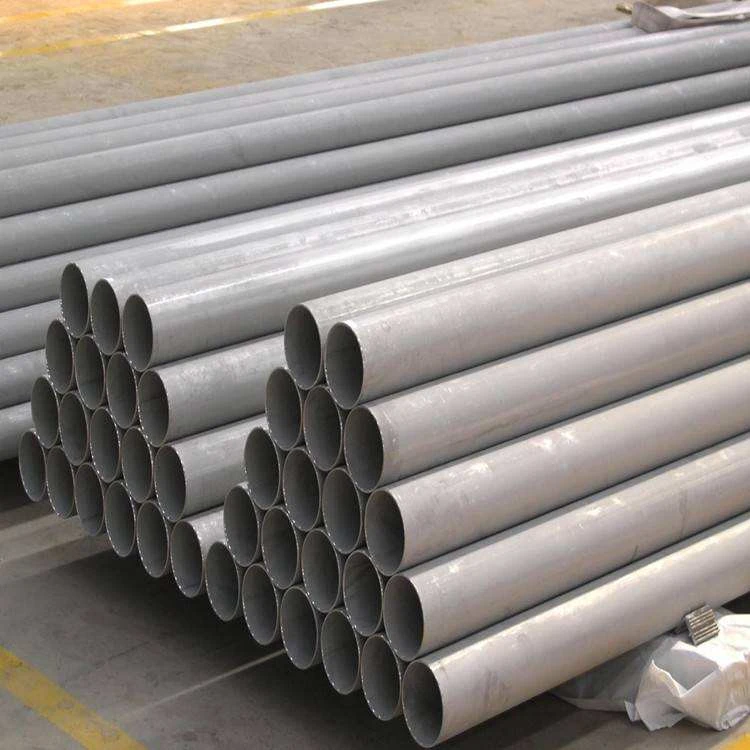
The Influence of Filler Materials on The Welding Quality of Stainless Steel Pipes
The choice of filler material in stainless steel pipe welding is crucial because it determines the weld’s compatibility, corrosion resistance, and structural integrity. Selecting the right filler ensures a strong bond between the base materials and minimizes the risk of cracking or weld defects.
1. Matching Filler Material with Base Metal
Stainless steel comes in various grades, each with unique properties. Using a filler material that matches the base metal’s composition is essential. For example, when welding 304 stainless steel, an ER308L filler wire is commonly used. The low carbon content in ER308L helps prevent carbide precipitation, enhancing corrosion resistance in high-temperature applications.
| Stainless Steel Grade | Recommended Filler Material | Key Properties |
|---|---|---|
| 304 | ER308L | High corrosion resistance, flexibility |
| 316 | ER316L | Added molybdenum for marine applications |
| 321 | ER321 | Stabilized grade for high temperatures |
2. Preventing Cracking and Ensuring Ductility
Stainless steel is prone to hot cracking, particularly in the HAZ. Choosing a compatible filler minimizes thermal stress, preventing cracks. For instance, welding 316 stainless steel with ER316L filler prevents hot cracking by maintaining ductility in the joint area, even at high temperatures. In high-stress applications, ER321 filler is used for 321 stainless steel to improve toughness, especially in petrochemical pipelines where thermal expansion and contraction are common.
3. Example: Effects of Incorrect Filler Selection
A case study involving a food processing plant highlighted the importance of filler material choice. Stainless steel 316 pipes were welded with an incorrect ER308 filler, which led to micro-cracking and corrosion. The plant had to undergo costly repairs after a year due to leaks. Switching to ER316L for replacements eliminated the problem, showing that the correct filler material is essential for durability.
4. Impact on Corrosion Resistance
Using fillers with a matching or slightly higher corrosion resistance than the base metal enhances durability. For example, ER316L filler, with added molybdenum, is ideal for environments exposed to chlorides, such as marine or coastal applications. This prevents pitting and extends the lifespan of stainless steel piping systems.
Selecting the correct filler material, such as ER308L or ER316L, is a straightforward yet impactful step that ensures high-quality, corrosion-resistant, and structurally sound welds. Proper filler selection enhances the weld’s performance and lifespan, particularly in demanding industries like pharmaceuticals, petrochemicals, and food processing.
The Key Differences Between TIG, MIG, and Stick Welding for Stainless Steel Pipes
TIG, MIG, and Stick welding are the most common techniques used for stainless steel pipes, each suited to different applications based on factors like thickness, precision, and environment. Understanding the differences in these methods helps in selecting the optimal welding process for specific project requirements.
1. TIG (GTAW) Welding: High Precision for Thin Pipes
Use Case: TIG (Gas Tungsten Arc Welding) is ideal for thin-walled stainless steel pipes where precision and aesthetic quality are paramount.
Advantages: Produces clean, smooth welds with minimal spatter, ideal for pharmaceutical and food-grade applications.
Drawbacks: TIG welding is slower and requires high skill, making it less efficient for large projects.
For instance, welding a 1-inch thin-walled stainless steel pipe with TIG ensures minimal distortion and a polished finish, which is essential in food processing environments where weld integrity affects cleanliness and hygiene.
2. MIG (GMAW) Welding: High-Speed Welding for Thicker Pipes
Use Case: MIG (Gas Metal Arc Welding) is commonly used for thicker stainless steel pipes and industrial applications that prioritize speed.
Advantages: Provides a high deposition rate, making it faster than TIG and suitable for large projects.
Drawbacks: MIG is prone to spatter and may require post-weld cleaning. It also has a larger HAZ, which can affect corrosion resistance.
For example, MIG welding on a 6-inch stainless steel pipe achieves rapid weld completion in structural applications like construction, but additional finishing might be required to remove spatter and ensure a smooth surface.
| Technique | Best for | Advantages | Drawbacks |
|---|---|---|---|
| TIG | Thin-walled, precise welds | Clean, low spatter, precise | Slow, high skill requirement |
| MIG | Thick-walled, industrial welds | Fast, high deposition rate | Spatter, larger HAZ |
| Stick (SMAW) | Outdoor, structural applications | Flexible, good for thick materials | High heat input, rougher finish |
3. Stick (SMAW) Welding: Versatile for Outdoor and Thick-Walled Pipes
Use Case: Stick welding is useful for heavy-duty applications and outdoor environments due to its flexibility.
Advantages: Effective in windy or outdoor conditions; suitable for thick pipes in infrastructure projects.
Drawbacks: Produces high heat input, which can distort thin pipes and requires finishing due to the rougher weld appearance.
In a large-scale pipeline project, stick welding is often used because it’s effective in various conditions and doesn’t rely on shielding gases, which can be affected by wind. However, its high heat input limits its use for thin-walled stainless steel pipes.
Each method—TIG for precision, MIG for speed, and Stick for versatility—has its strengths and is best suited for different stainless steel pipe welding needs. Choosing the right technique based on pipe thickness, environmental conditions, and desired finish ensures a robust and durable weld tailored to project requirements.
Safety Considerations for Stainless Steel Pipe Welding
Safety is paramount in welding processes. Stainless steel welding produces hazardous fumes, particularly hexavalent chromium, which is harmful when inhaled. Here are essential safety measures:
Ventilation: Ensure proper ventilation in the welding area to reduce exposure to harmful fumes.
Personal Protective Equipment (PPE): Use protective gear, including welding gloves, helmets, and respirators.
Training: Only trained professionals should handle stainless steel welding to minimize safety risks.
Conclusion
Mastering the welding procedure for stainless steel pipe requires thorough preparation, selecting the right welding technique, and maintaining precise control over parameters. By following these guidelines and data-driven recommendations, you can achieve reliable, corrosion-resistant welds suited for industrial applications. Proper safety practices further ensure a safe work environment and high-quality outcomes.

Promoting China Xino Group’s Stainless Steel Solutions
As you seek reliable, high-quality materials for stainless steel pipe welding and other related applications, consider partnering with China Xino Group, a leader in the steel industry since 2001. With a vast manufacturing capacity and an annual output of 1.5 million tons, our subsidiary, Qingdao Xino Steel & Iron Co., Ltd., is well-equipped to meet all your coated steel needs. We specialize in Galvanized Steel (GI), Galvalume Steel (GL), PPGI, PPGL, and Tinplate/TFS (ECCS), providing unparalleled durability and corrosion resistance for critical applications like stainless steel piping systems.
Why Choose China Xino Group?
Comprehensive Expertise: Our multinational enterprise covers all facets of the steel industry, from metallurgical processing to logistics and specialized engineering.
High Capacity & Quality Control: With three main production bases and six mills across 24 production lines, our facilities deliver the highest standards in steel products, ensuring you receive top-quality materials for all your welding and construction projects.
Tailored Solutions: Beyond competitive pricing, we offer custom procurement solutions and technical services that address specific project needs, backed by a team of dedicated professionals.
Whether you’re welding pipes for the energy, construction, or chemical sectors, China Xino Group provides the robust materials, strategic support, and technical expertise necessary to ensure your projects’ success. We’re committed to high-quality products, exceptional service, and continual improvement, maximizing value for both current and future clients.
Let China Xino Group be your trusted partner in achieving superior results in stainless steel welding and related applications. For further inquiries, reach out to us and experience the excellence that has made us a leading force in the global steel industry.
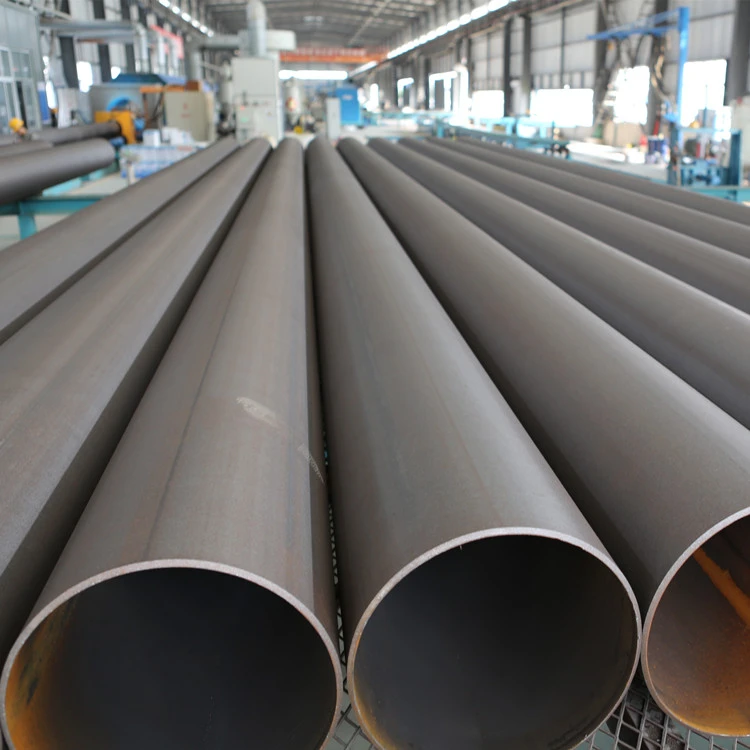
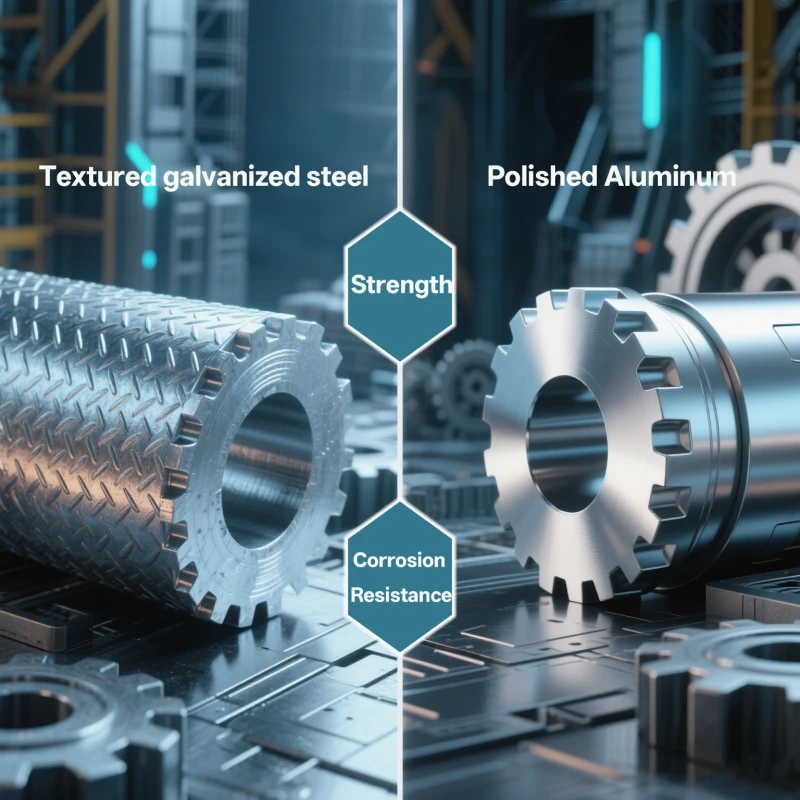
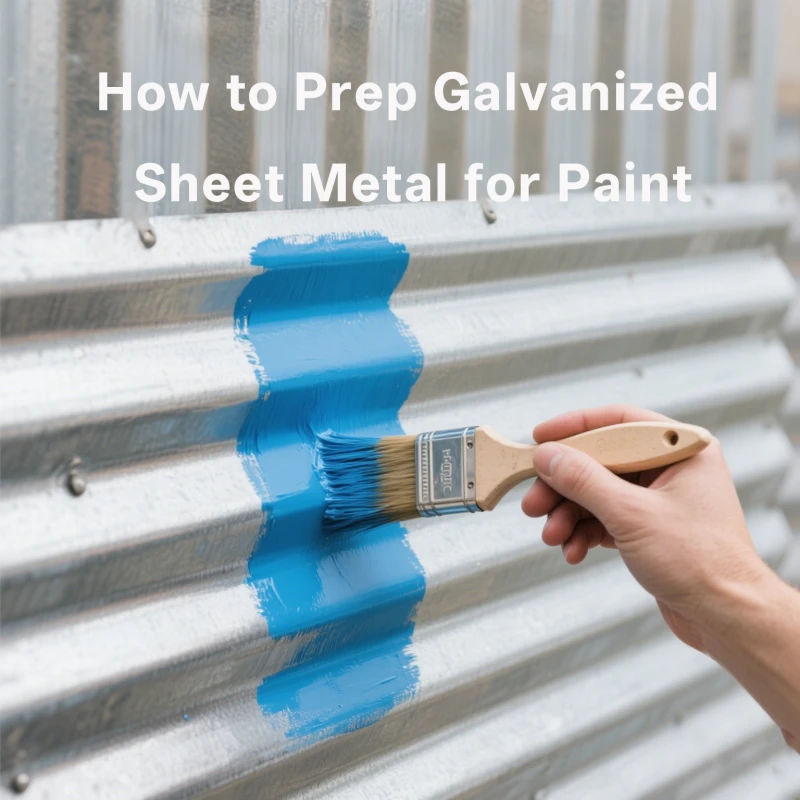

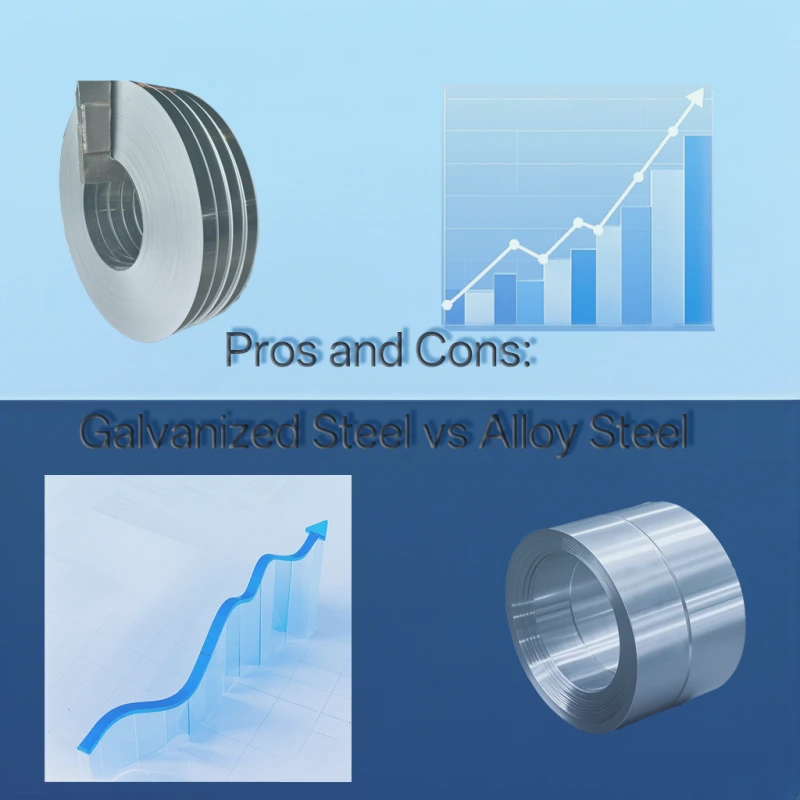
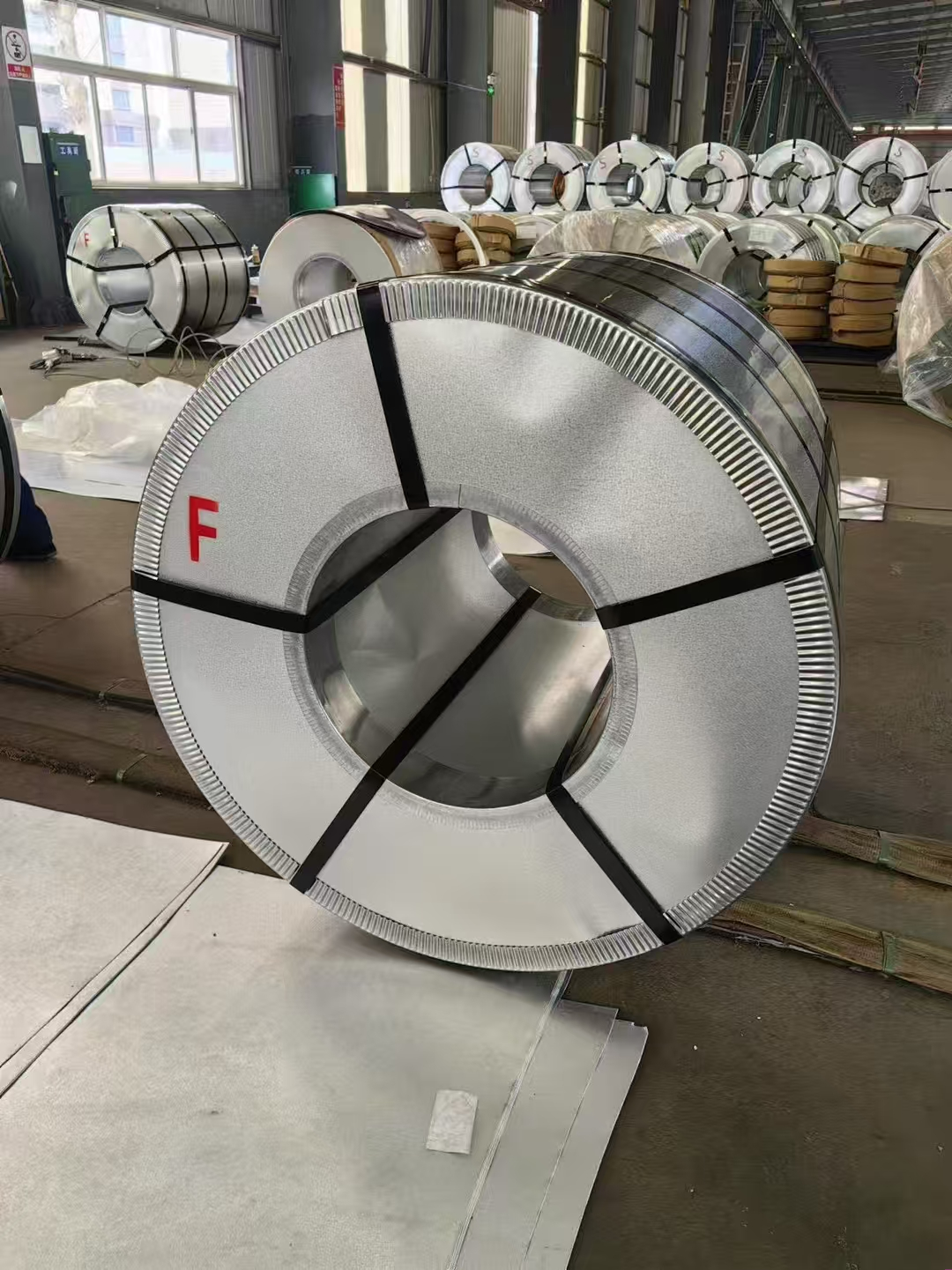
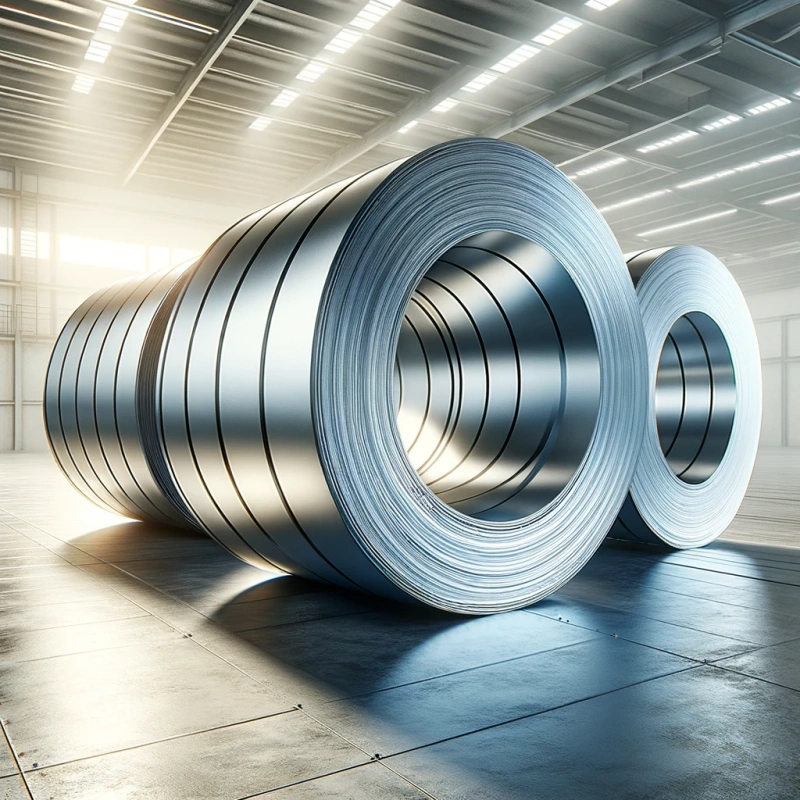
745.webp)
